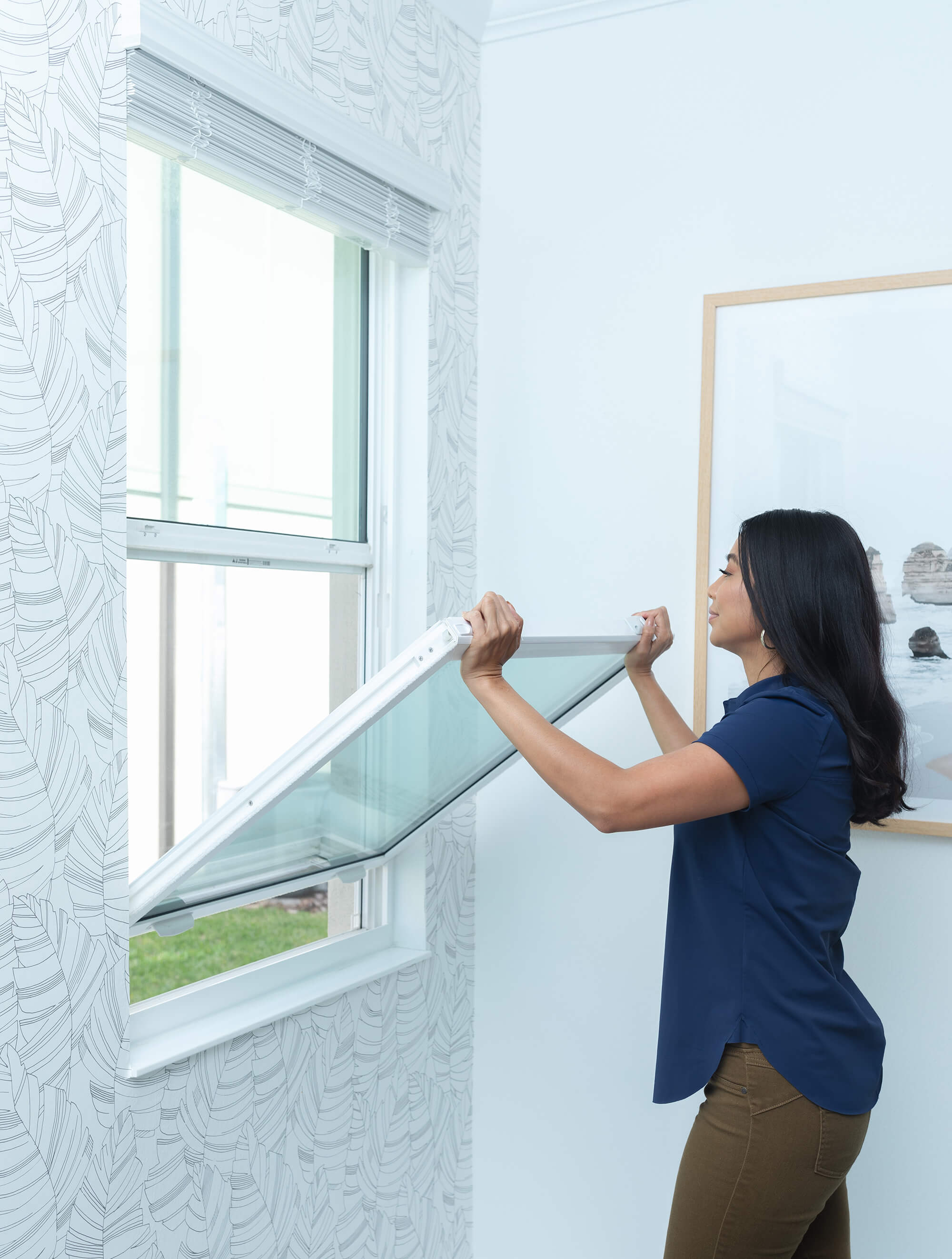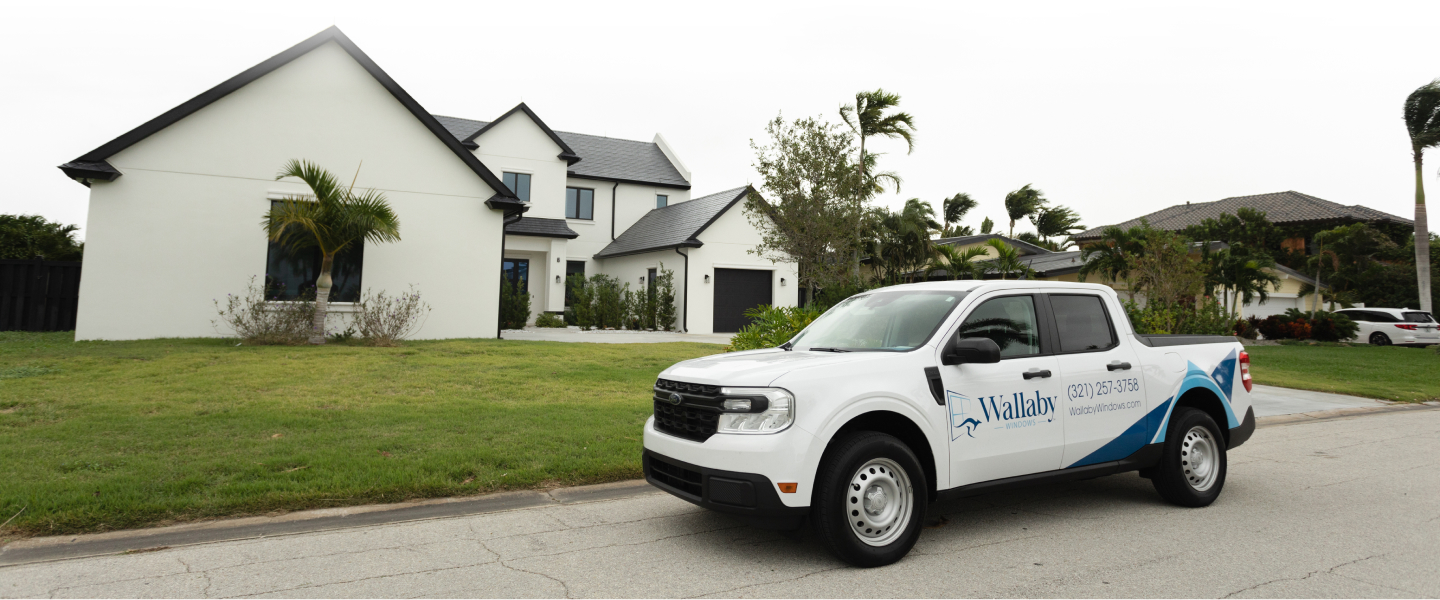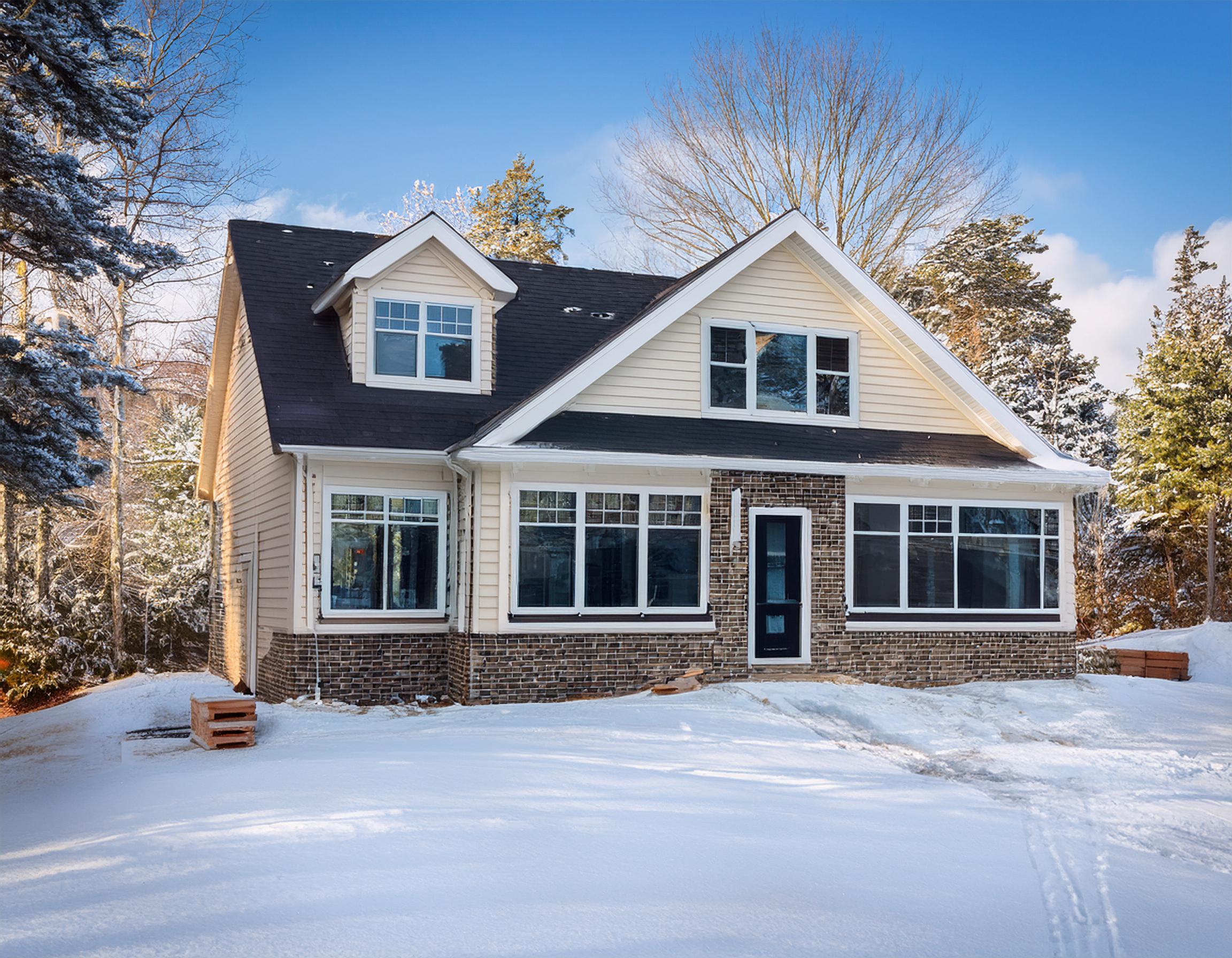Double-Hung Windows vs Single-Hung Windows

When it comes to your home, windows can make or break the look and feel of your space. For example, choosing the right window for your home can make a world of difference in terms of how much light you get in each room, how much natural light you get in different seasons, and whether or not your home has that cozy feel or not.
You'll have two options when picking new ones: double-hung windows and single-hung ones. Both types of windows are popular and have their benefits. However, they also have some differences that may make one more suitable for your home. With this blog post, we'll explore the pros and cons of double-hung vs. single-hung windows so that you can make an informed decision when it comes time to buy a new set for your home.
What is a Double-Hung Window?
It is a type of window with both upper and lower sashes that slide up and down simultaneously. This differs from a single-hung window, where only one sash slides up and down simultaneously. Double-hung windows typically have one stationary pane at the top (the jamb) and one sash that slides horizontally (known as the sill). While double-hung windows are more expensive than single-hung versions, they have the following benefits: – More natural light can enter your home.
This is because you can open the top and bottom sashes of a double-hung window at the same time. This makes the window more extensive and allows more light to come through. Double-hung windows are beneficial for climate control because you can open both sashes to let in cool air in the summer and close them to retain warmth in the winter.
What is a Single-Hung Window?
A single-hung window has two vertically stacked sashes that open. The lower sash slides vertically, while the upper sash slides horizontally. The main difference between a single and double-hung window is that the upper and lower sashes move independently. Single-hung windows typically have two stationary panes at the top (the jambs). They also have one sash that slides vertically (known as the stiles) and one that slides horizontally (known as the rails).
Single-hung windows have some benefits over double-hung versions, including: – They're easier to install. Single-hung windows are less expensive than double-hung versions, which makes them easier to install. They have a smaller profile. A single-hung window has a lower profile than a double-hung window, so it's a good choice for homeowners who want a small window.
Double-Hung vs. Single-Hung: Which is Better?
As you may have read above, both windows have pros and cons. However, the double-hung window is generally the better of the two. The reasons for this include: Double-hung windows let in more light, have better insulation, and provide better climate control than single-hung windows. Double-hung windows are ideal if you want to let in light without letting in too much cold air during the winter. However, double-hung windows are the more popular and better option for most homeowners.
Double-Hung Windows FAQ
Q: What is a double-hung window's window sill?
A: The window sill is the horizontal surface on which the lower sash of a double-hung window sits.
Q: What's the difference between a double-hung window and a single-hung window?
A: Double-hung windows have two moving parts: the upper and lower sashes. Single-hung windows have one moving part: the lower sash.
Q: Why do double-hung windows have two rail hinges?
A: The upper rail keeps the top of the window steady while it is open. The lower latch holds the bottom window frame in place when it is open.
Q: Are all windows double-hung?
A: No. Double-hung windows are just one type of window. Some other window types include casement windows, slider windows, vertical sliding windows, and hopper windows.
Q: What is a double-hung window's upper jamb?
A: The upper jamb sits on top of the upper sash. It helps to keep the sash in place.
Q: What is the difference between double-hung and slider windows?
A: Double-hung windows have two movable parts: the upper and lower sash. Sliders have one movable part: the upper sash.
Q: What is a double-hung window's lower stile?
A: The lower stile sits on top of the lower sash. It helps to keep the sash in place.
Q: What is a double-hung window's upper rail?
A: The upper rail sits on the top of the upper sash. It helps to keep the sash in place.
Q: What is the difference between double-hung and casement windows?
A: Double-hung windows have two movable parts: the upper and lower sashes. Casement windows have one movable part: the upper sash.
Q: What is the difference between double-hung and vertical sliding windows?
A: Double-hung windows have two movable parts: the upper and lower sashes. Vertical sliding windows have one movable part: the upper sash.
Single-Hung Windows FAQ
Q: What is a single-hung window's window sill?
A: The window sill is the horizontal surface on which the lower sash of a single-hung window sits.
Q: What's the difference between a single and double-hung window?
A: Single-hung windows have one moving part: the lower sash. Double-hung windows have two moving parts: the upper and lower sashes.
Q: Why do single-hung windows have two rail hinges?
A: The upper rail hinge holds the upper sash in place when lowered. The lower rail hinge holds the lower sash in place when lowered.
Q: Are all windows single-hung?
A: No. Single-hung windows are just one type of window. Some other window types include casement windows, double-hung windows, slider windows, and hopper windows.
Q: What is a single-hung window's upper jamb?
A: The upper jamb sits on top of the upper sash. It helps to keep the sash in place.
Q: What is the difference between single-hung and double-hung windows?
A: Single-hung windows have one movable part: the lower sash. Double-hung windows have two movable parts: the upper and lower sashes.
Q: What is a single-hung window's lower stile?
A: The lower stile sits on top of the lower sash. It helps to keep the sash in place.
Q: What is the difference between single-hung and double-hung windows?
A: Single-hung windows have one movable part: the lower sash. Double-hung windows have two movable parts: the upper and lower sashes.
Key Takeaway
Double-hung windows are more popular than single-hung windows and have more benefits. Although single-hung windows have some benefits, they're less popular than double-hung windows and are often more expensive. When choosing new windows, you should consider your options for single-hung vs. double-hung windows. While there are benefits to both, the double-hung windows win out due to their increased light, better insulation, and better climate control.
Find a Wallaby Windows Location Near You



